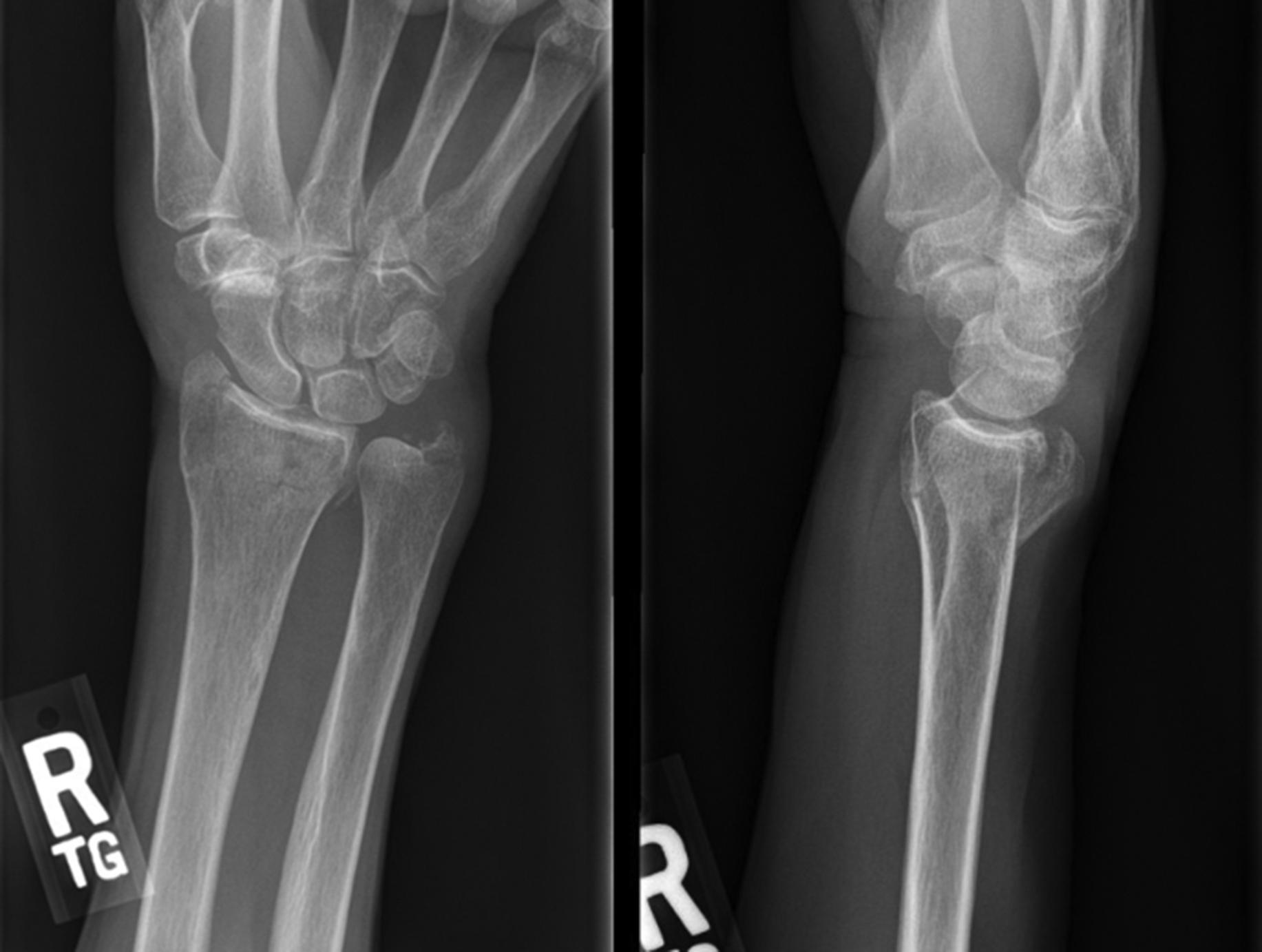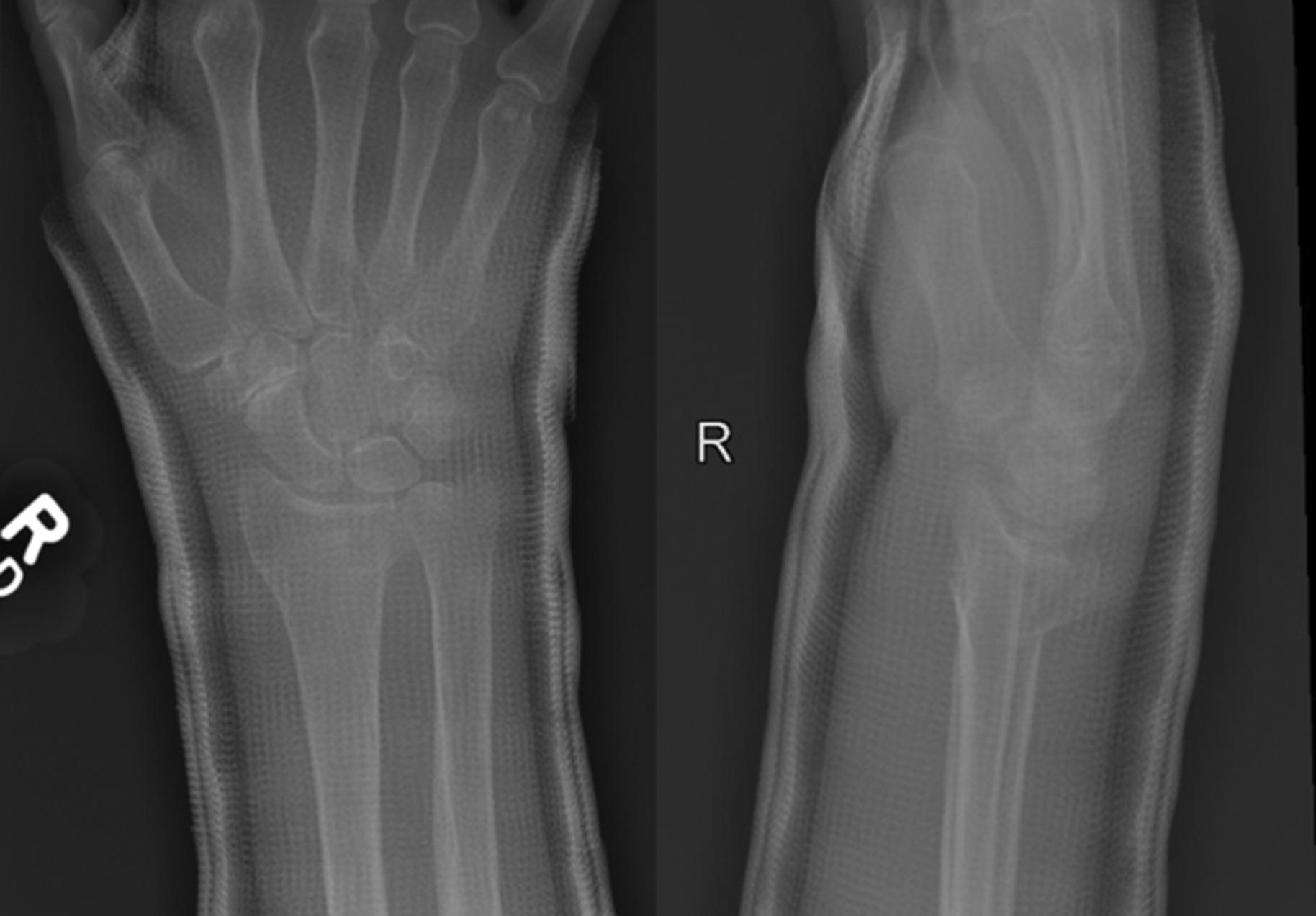Physical Address
304 North Cardinal St.
Dorchester Center, MA 02124
Epidemiology: Fractures of the distal radius are the most common upper extremity fracture sustained in the elderly population. The incidence of these fractures is expected to increase in the future with increasing cost to the healthcare system.
Nonsurgical Treatment: Conservative treatment has been shown to correlate with radiographic malunion, cosmetic deformity, and diminished grip strength. However, a number of studies have demonstrated that despite these issues, functional outcomes including DASH and PRWE are equivalent to operative treatment.
Surgical Treatment: While operative treatment has been shown to result in superior radiographic outcomes and early improvement in grip strength, final functional outcomes were equivalent to conservative treatment. More recently, studies have shown not only improved radiographic outcomes but also functional improvement in the older population.
Practice Patterns: While evidence remains unclear as to which patient would benefit from operative intervention, surveys demonstrate that a greater proportion of fractures are being treated operatively than would be expected based on outcomes data. The completion of a Hand Surgery fellowship strongly correlates with operative treatment.
Contemporary Indications: More recent randomized controlled trials have demonstrated improved functional and radiographic outcomes following operative treatment as compared to conservative treatment in the more active older aged patient. It has been shown that in displaced, unstable fractures, both functional and radiographic outcomes are superior to nonoperative treatment with equivalent complication rates.
A 72-year-old otherwise fit and active woman falls onto her outstretched right (dominant) arm while walking her dogs. She is seen in the ER where imaging is obtained demonstrating a right distal radius fracture ( Fig. 1 ). She undergoes reduction and splinting and presents to clinic for repeat evaluation in 7 days. Her repeat imaging is shown ( Fig. 2 ) with loss of height and worsening dorsal angulation. When discussing operative vs nonoperative treatment what are the expected outcomes for this patient?


Fractures of the distal radius are increasingly common, resulting in a cost of $170 million to Medicare alone. They represent the most common fracture of the upper extremity and are the second most common fracture overall in women > 60 years of age. With increasing life expectancy in most societies, the incidence of distal radius fractures (DRFs) has been steadily increasing over the past 40 years, particularly in the elderly population (defined as patients > 65 years of age). The lifetime risk of a Caucasian woman > 60 sustaining a DRF is 15% (compared to 2% for men). Thus, the injury burden imposed by fractures of the distal radius on society, particularly the elderly population, looms large. Radiographic parameters for operative vs nonoperative treatment have been well established for patients < 65; however, consensus has yet to be reached regarding the optimal treatment for patients > 65 years of age. As clinical information continues to evolve, identifying evidence-based, cost-conscious practices will be essential for the sustainability of health systems worldwide.
What are the outcomes of operative vs nonoperative treatment of DRFs in the elderly population?
Historically, the majority of research has demonstrated that conservative treatment of DRFs resulted in equivalent clinical and functional outcomes with significantly fewer complications. Recently, several articles have supported operative intervention (with the use of anatomically shaped angular stable plate fixation) in these patients, challenging prior literature supporting conservative management. In general, the incidence of operative treatment of DRFs in patients > 65 years of age is increasing, particularly by surgeons with subspecialty train in hand surgery. Proponents of conservative treatment cite equivalent functional outcome scores and a lower complication rate. Proponents of operative fixation note increased grip strength and less cosmetic deformity (primarily with a volar locked plate), as well as earlier return to function.
Become a Clinical Tree membership for Full access and enjoy Unlimited articles
If you are a member. Log in here